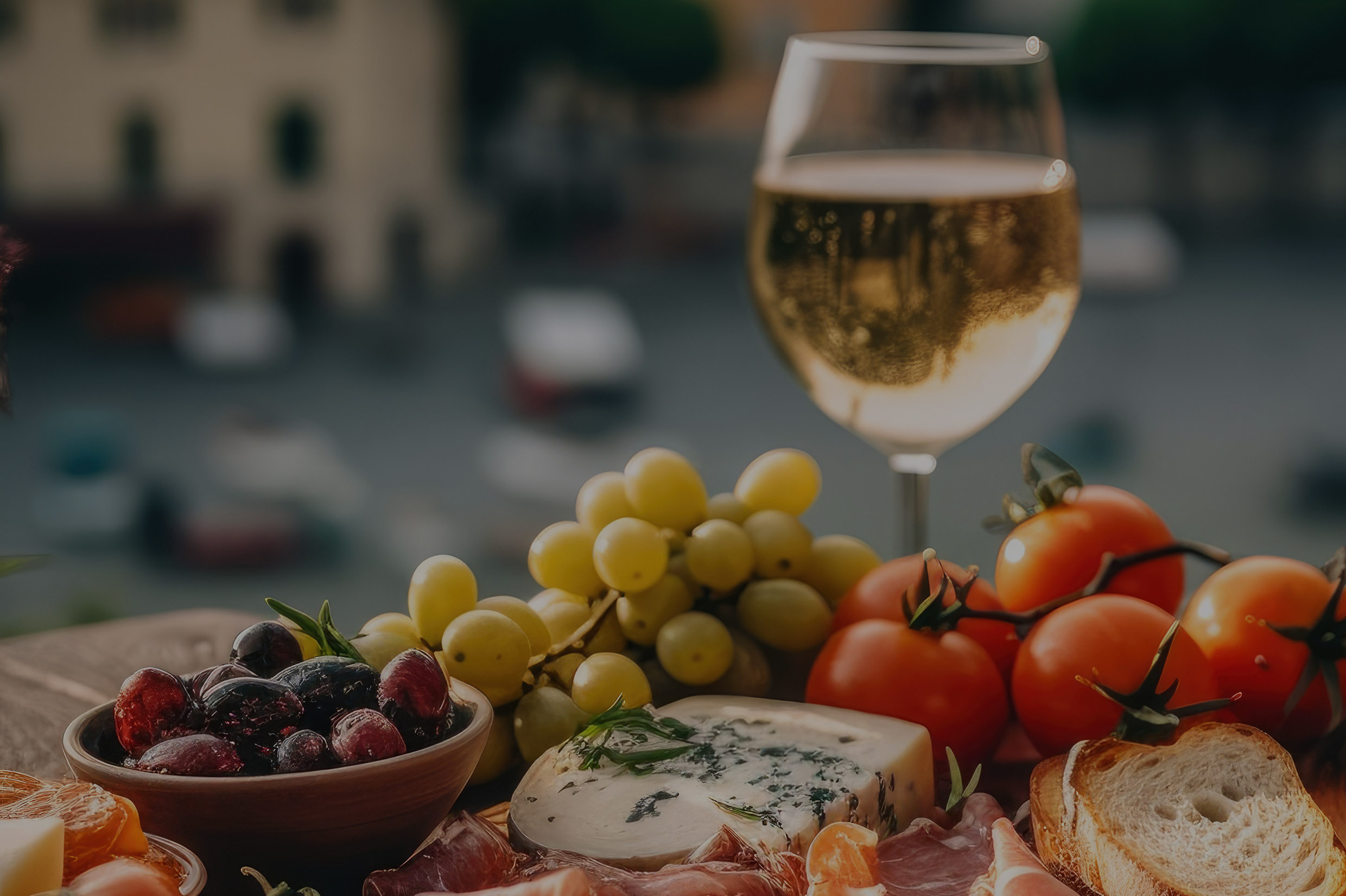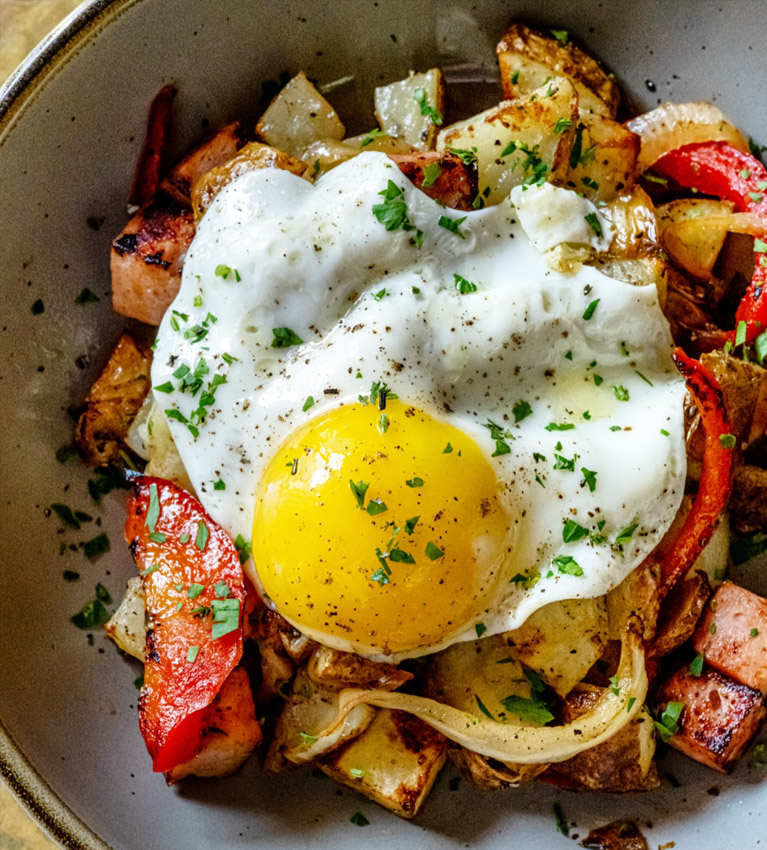
The Wines of Italy: A Journey Through Diversity and Excellence
October 19, 2024

HORECA 101 – Issue 17
October 17, 2024
Equipping Success, Every Step of the Way
October 19, 2024Italy, a country synonymous with rich history, stunning landscapes, and exceptional cuisine, is equally renowned for its remarkable wine heritage.
With an astonishing diversity of wine styles, grape varieties, and wine regions, Italy offers a wine experience that is both profound and captivating. This article delves into the classifications, grape varieties, and trending wine regions that make Italy a mecca for wine enthusiasts.
Italy is divided into 20 major wine regions, from the fertile, rolling hills of Tuscany in the north of the country to the sun-drenched slopes of Puglia in the south.
Wine Classifications
Understanding Italian wines begins with an appreciation of its classification system, which ensures quality and authenticity. The main classifications include:DOCG (Denominazione di Origine Controllata e Garantita): The highest classification, DOCG wines are subject to strict regulations, including limited production areas, specific grape varieties, and rigorous quality controls. Each bottle carries a numbered seal to guarantee its authenticity. A total of 77 DOCGs across Italy.
DOC (Denominazione di Origine Controllata): Similar to DOCG but with slightly less stringent regulations, DOC wines must adhere to specific production methods and regional grape varieties. This classification assures a high standard of quality.
IGT (Indicazione Geografica Tipica): IGT wines offer more flexibility in production techniques and grape varieties, allowing winemakers to innovate while maintaining a link to a specific region. This classification is often associated with creative and modern wine styles.
Vino da Tavola: The most basic classification, Vino da Tavola wines are everyday table wines without strict geographical or varietal constraints. While typically simpler, some producers craft excellent wines under this designation.
Grape Varieties
Italy is home to a vast array of grape varieties, with various sources claiming that the country has anywhere from 300 to 2,000 different types. Officially, 605 grape varieties are used to produce wines across Italy, each contributing to the country’s rich wine tapestry. Here are some of the most notable:Nebbiolo: Known for producing some of Italy’s most prestigious wines, such as Barolo and Barbaresco, Nebbiolo grapes thrive in the foggy vineyards of Piedmont. These wines are celebrated for their complexity, longevity, and robust tannins.
Sangiovese: The backbone of iconic wines like Chianti, Brunello di Montalcino, and Vino Nobile di Montepulciano, Sangiovese is Italy’s most widely planted grape. It offers a spectrum of flavours, from bright cherry and herbal notes to deeper, more earthy characteristics.
Barbera: Another Piedmontese gem, Barbera is known for its deep colour, low tannins, and high acidity. Wines made from Barbera grapes, such as Barbera d’Asti, are often fruit-forward and approachable.
Corvina: Predominantly found in the Veneto region, Corvina is a key component of Valpolicella wines, including the renowned Amarone. It provides rich cherry flavours and contributes to the wine’s structure and aging potential.
Nero d'Avola: Sicily’s flagship grape, Nero d'Avola, produces robust and fruity wines. It thrives in the island's warm climate, offering flavours of dark berries, plums, and spice.
Verdicchio: A white grape variety mainly grown in the Marche region, Verdicchio produces crisp, floral wines with hints of green apple and almond. It is valued for its versatility and age-worthiness.
Garganega: The Garganega grape is the most important white grape variety of the provinces of Verona and Vicenza and Garganega wines are characterised by aromas of almond and white flowers and tend to be very balanced with good acidity.
Trending Wine Regions
Italy’s diverse geography creates an array of microclimates perfect for viticulture, with several regions currently gaining attention for their unique wines:Piedmont: Known for its noble Nebbiolo-based wines, Piedmont is a haven for connoisseurs. Barolo and Barbaresco are the stars, but the region also excels with Barbera, Dolcetto, and sparkling Asti wines. The rolling hills and medieval towns add to the allure of this prestigious wine region.
Producers to watch: Giacomo Conterno, Rogana, Ceretto, Marchesi di Barolo, Vietti, Pio Cesare
Trentino-Alto Adige: Nestled in the Alpine north, this region is known for its crisp, aromatic white wines, such as Pinot Grigio and Gewürztraminer, as well as elegant reds like Lagrein. The region’s unique blend of Italian and Germanic cultures is reflected in its diverse wine styles.
Producers to watch: San Leonardo, Elisabetta Foradori, Franz Haas, Hofstätter, Kuenhof, Alois Lageder, Tiefenbrunner, Elena Walch.
Veneto: Home to the romantic city of Venice, Veneto is renowned for its Prosecco, Soave, and Valpolicella wines. Prosecco, made from the Glera grape, has become synonymous with celebration worldwide. Amarone della Valpolicella, with its rich, concentrated flavours, is a testament to the region’s winemaking prowess.
Producers to watch: Dal Forno, Zymé, Guiseppe Quintarelli, Inama, Pieropan, Gini, Masi, Bertani, Nino Franco, Angelo Bortolin
Tuscany: Famous for its picturesque landscapes and historic cities, Tuscany produces some of Italy’s most celebrated wines. Chianti, made predominantly from Sangiovese, is a timeless classic. The Super Tuscans, often blends of traditional and international varieties, have garnered critical acclaim for their bold and innovative profiles.
Producers to watch: Montevertine, Altesino, Biondi-Santi, Donatella Cinelli-Colombini, Tenuta di Trinoro, Castello di Ama, Stella di Campalto
Sicily: Once overlooked, Sicily is now a rising star in the wine world. The island’s diverse terroir supports a variety of grapes, with Nero d'Avola and Grillo leading the charge. The volcanic soils of Mount Etna produce wines of remarkable minerality and complexity, particularly from the Nerello Mascalese grape.
Producers to watch: Pietradolce, Passopisciaro, Girolamo Russo, Graci, Benanti, Donnafugata, Arianna Occhipinti
Wine and Food Pairings
Italy has arguably the most diverse cuisine in the world! With 20 different regions, it’s not easy to pick just a few Italian dishes. Here are some ideas about dishes and wines which complement each other perfectly:Gavi or Pinot Grigio: A classic pairing with caprese salad and seafood linguine, thanks to its crisp, refreshing character.
Vermentino from Sardinia: Matches beautifully with puttanesca sauce and vitello tonnato, balancing the savoury and tangy flavours.
Prosecco or Franciacorta: Perfect for crunchy arancini and fritto misto, these sparkling wines add a refreshing touch.
Barolo and Barbaresco: These robust wines counterbalance the rich flavours of beef braised dishes, porcini mushrooms or even steak tartare.
Chianti Classico and Brunello di Montalcino: A match made in heaven with Bistecca alla Fiorentina, highlighting the juicy, grilled steak.
Vin Santo: Pairs exquisitely with a tasty gorgonzola, the sweetness of the wine complementing the strong cheese.

Fabien Etienne
Fabien Etienne is the founder of Somm Escape Ltd, and is a professional sommelier and wine consultant based in Malta. He holds the esteemed 3rd level of the Court of Master Sommeliers and has been honoured with the ASI Gold Medal. He organises wine training, private master class as well as other bespoke wine services.
Social Media links: Facebook | Instagram
Click here to see Horeca Issue 17 online
Related posts
December 28, 2025



